South Asia Dialogue Highlights Urgent Need to Support Adolescent Girls

Kathmandu, Nepal – At the recent Regional Dialogue on Adolescent Pregnancy in South Asia, 18-year-old Geetu posed a poignant question to an assembly of government officials, UN agencies, and partners: “How can you – how will you – help us get back to school and support us to build skills so that we can work?” Geetu’s story, a heartbreaking account of early marriage, health complications, and financial struggles, resonated deeply with attendees and underscored the urgent need for systemic support for adolescent girls in the region.
Geetu’s ordeal began at 16 when she was married and soon became pregnant. A difficult labor necessitated a caesarean section, and her daughter, born weighing just 1.5 kg, required costly neonatal intensive care. The financial burden left Geetu and her husband in debt, exacerbated by their ineligibility for government allowances due to their underage marriage. Two years later, Geetu continues to suffer from health issues, struggling with basic tasks and child care.
Her story is not unique. During travels in Pakistan, similar narratives were heard. Maina, married at 13, has endured multiple miscarriages over four years due to limited medical care. Her sister, Laali, expressed a desire to return to school but was hindered by health issues. These accounts highlight the pervasive challenges faced by adolescent girls in South Asia.
The dialogue, convened by the South Asia Association for Regional Cooperation (SAARC), emphasized the need for education on the harms of child marriage and the importance of keeping girls in school. UNICEF and its partners are actively working to address these issues through various programs aimed at preventing child marriage and supporting adolescent girls.
One successful initiative is Nepal’s Rupantaran program, which provides employability skills training and soft skills development to girls from disadvantaged communities. This program has shown significant impact, offering girls pathways to well-paid jobs or business start-ups, and fostering confidence, courage, and independence.
In the past decade, significant progress has been made in reducing child marriage rates in South Asia, dropping from 46% to 26%. This progress is attributed to advocacy for girls’ education, cash transfer programs coupled with education and livelihood services, micronutrient supplements for pregnant girls, social behavioral change programs, and increased vocational opportunities.
UNICEF’s involvement in global programs, such as Beti Bachao, Beti Padao (Save the Daughter, Educate the Daughter) in India and Rupantaran in Nepal, illustrates the potential for transformative change. These programs not only provide critical support but also challenge societal norms and offer hope for a better future.
The dialogue concluded with a commitment to scale up and replicate successful programs like Rupantaran, aiming to provide second chances for young mothers. With less than six years until the Sustainable Development Goal (SDG) deadline, the emphasis is on investing in married, pregnant, and parenting adolescent girls for their well-being and for national economic growth.
The recommendations from the dialogue will be presented to the SAARC Steering Committee for endorsement and implementation. This step is seen as crucial to effectively address the challenges posed by adolescent pregnancy and early marriage, and to empower girls like Geetu, Maina, and Laali to fulfill their potential and contribute to their communities.
UNICEF’s continued dedication to improving the lives of adolescent girls is clear. The question posed by Geetu – “How can you – how will you – help us get back to school and support us to build skills so that we can work?” – remains at the heart of these efforts, driving the commitment to create a better future for millions of girls in South Asia.






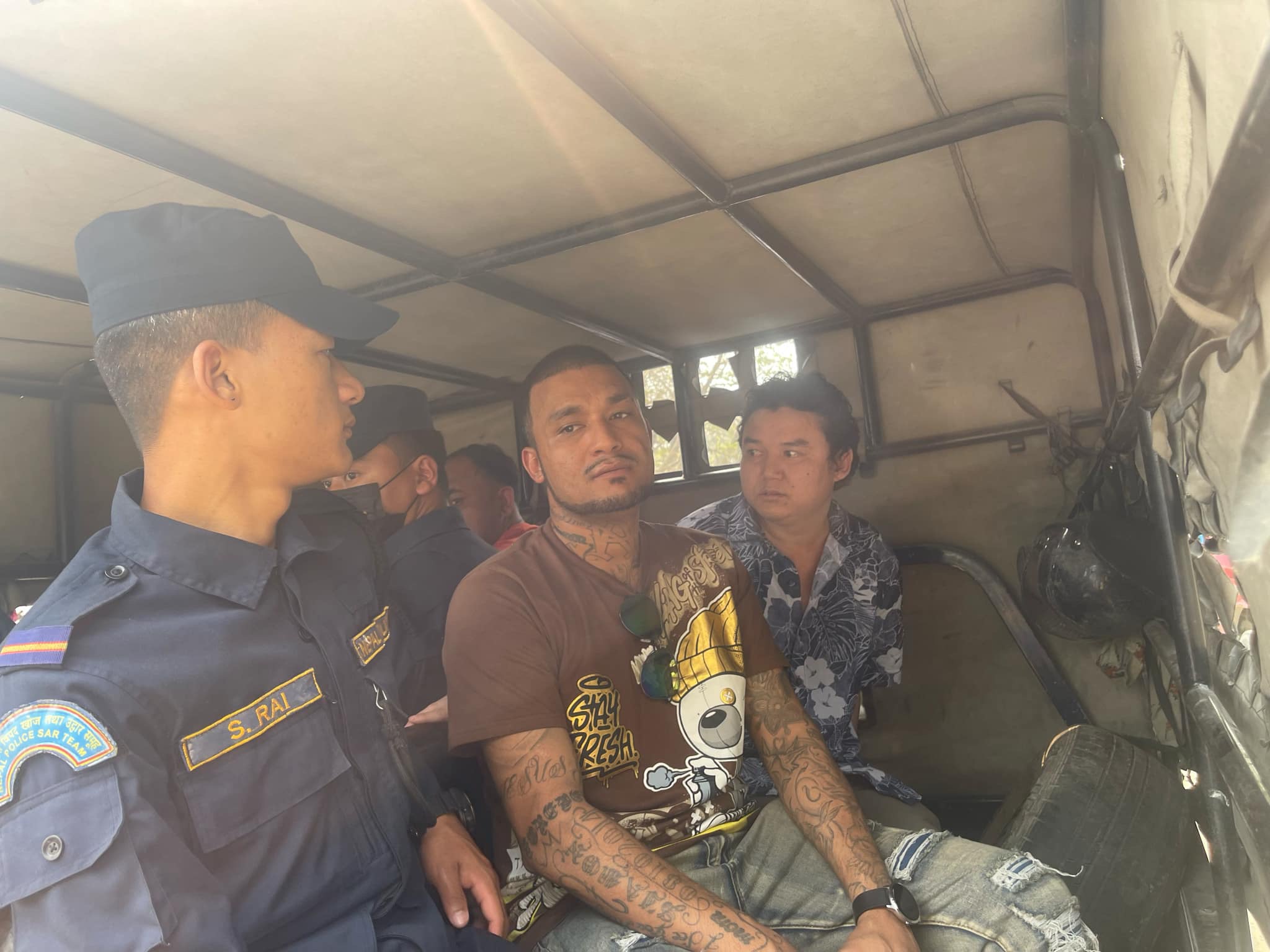

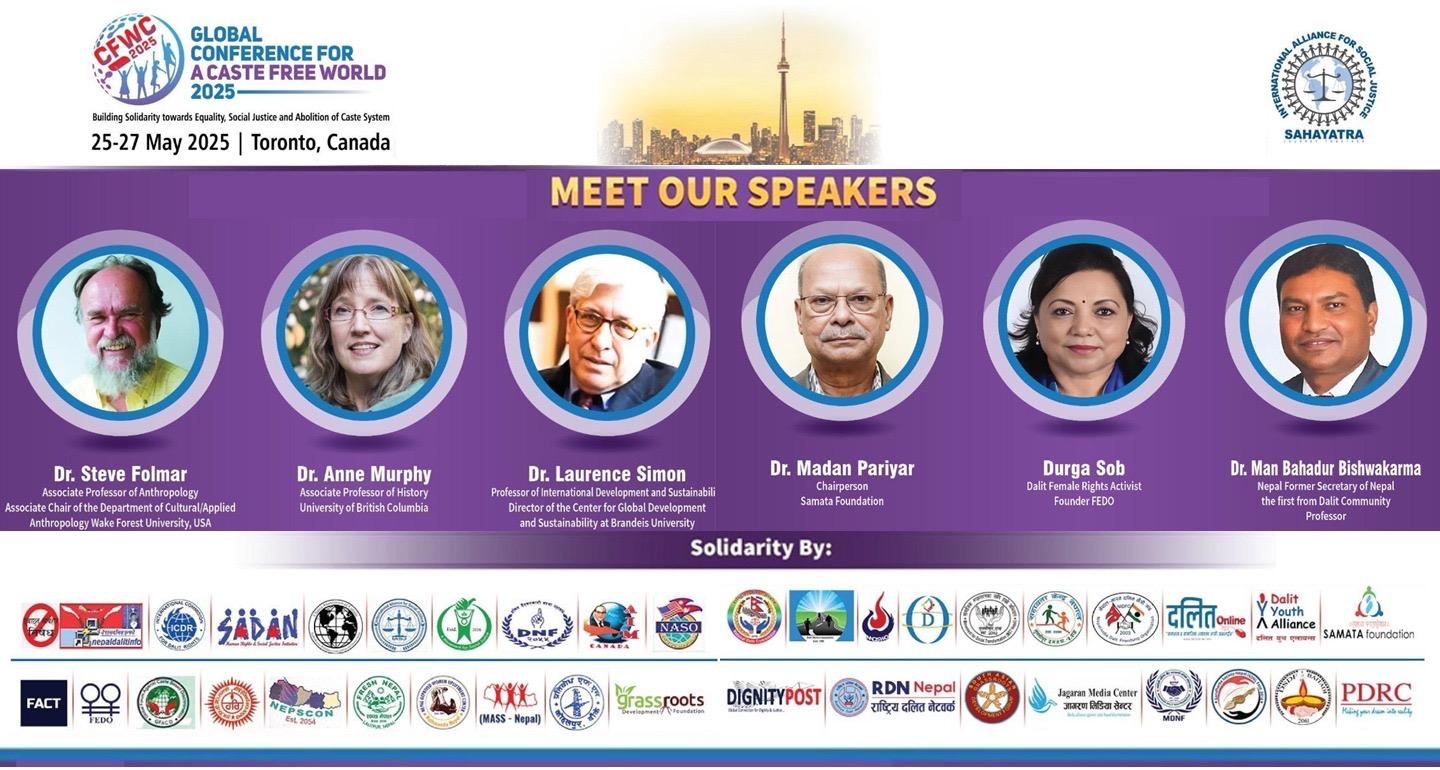
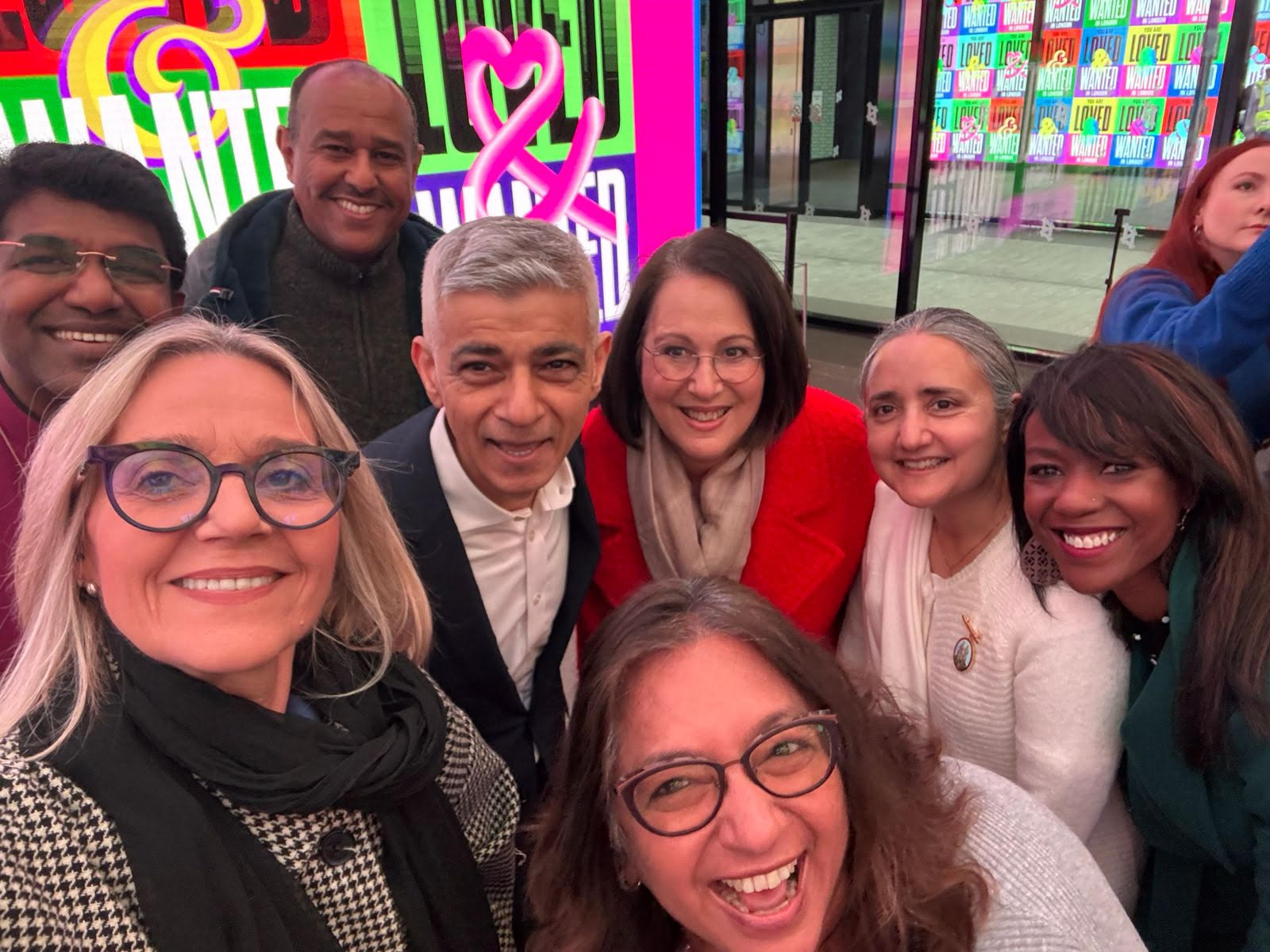
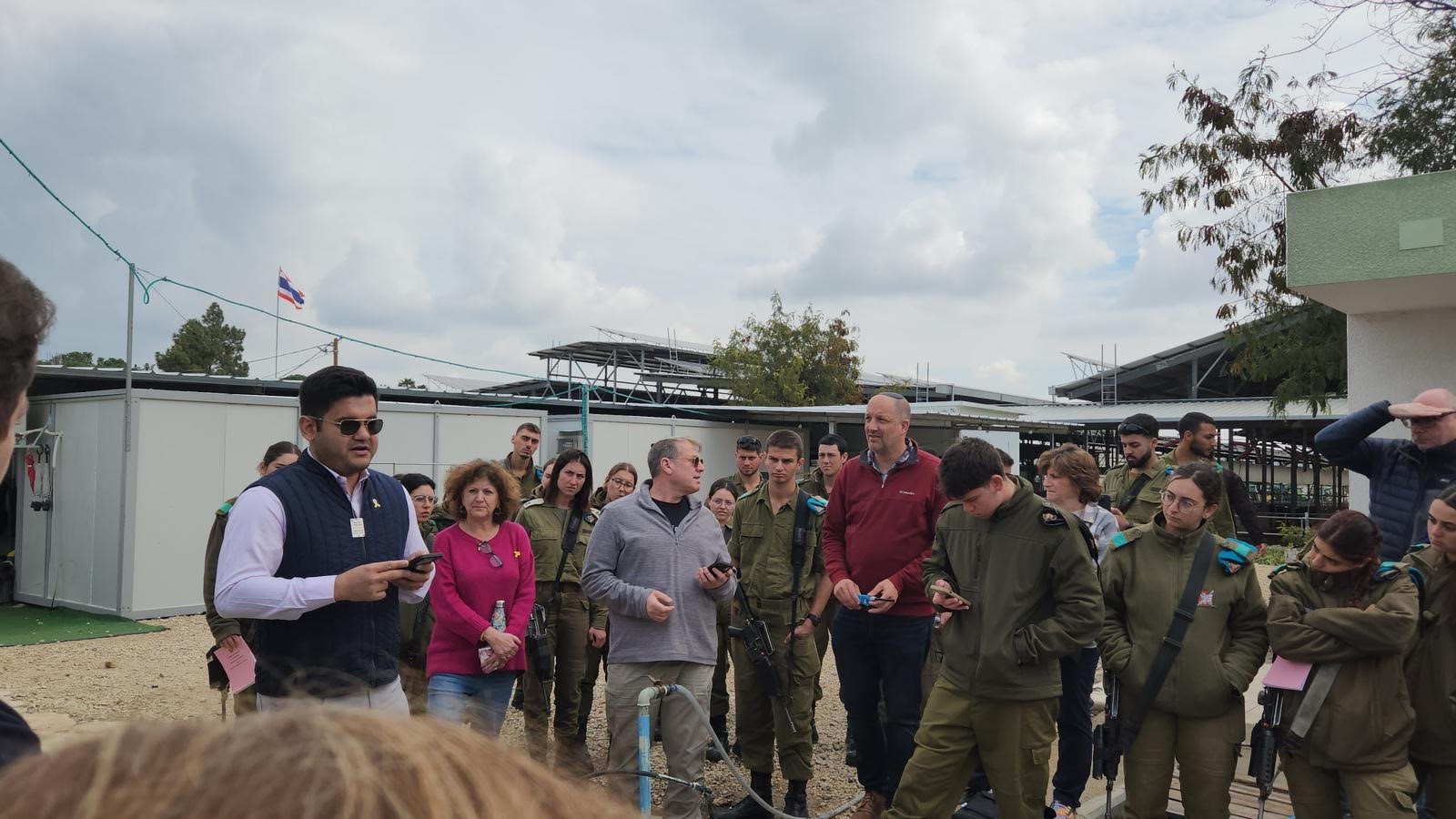
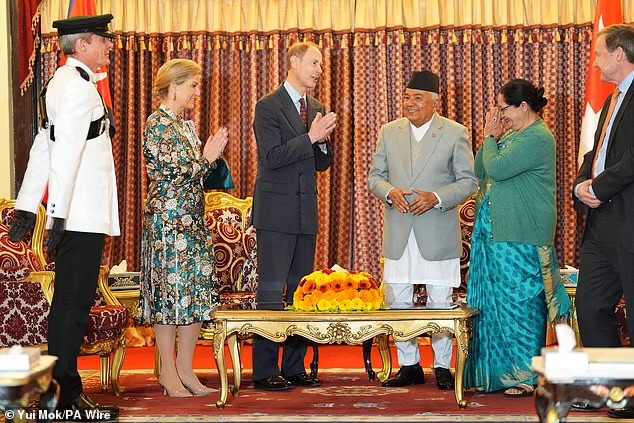
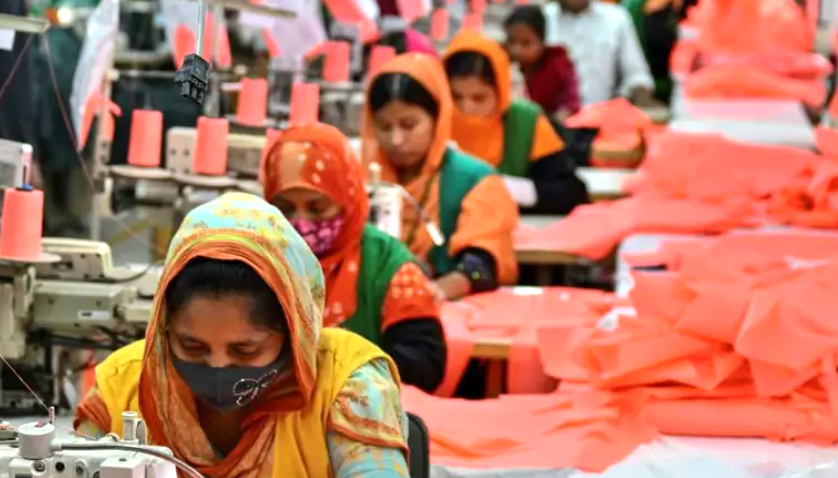
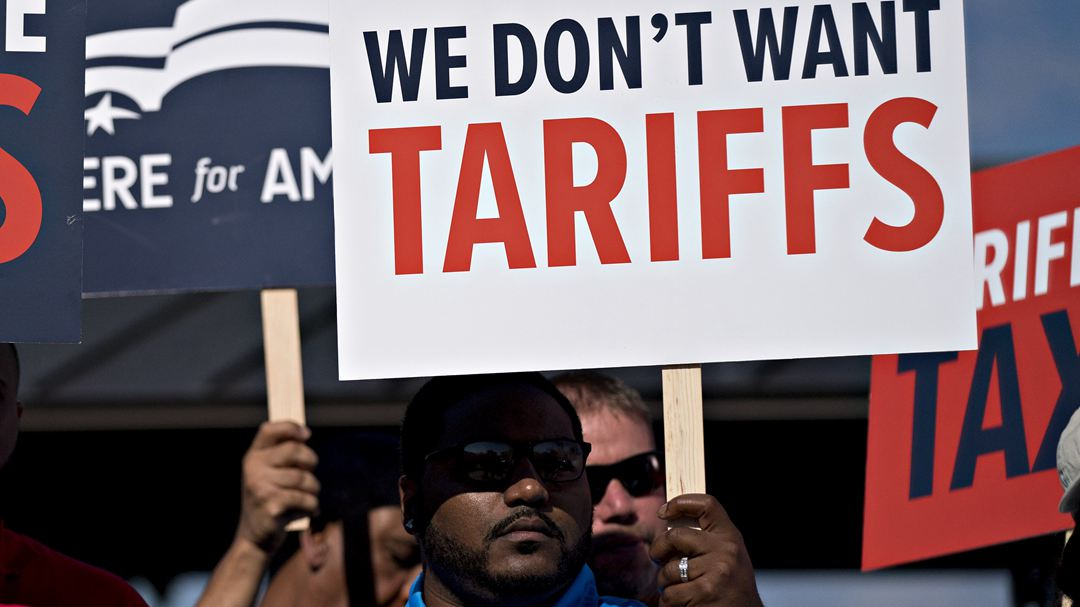



Facebook Comments